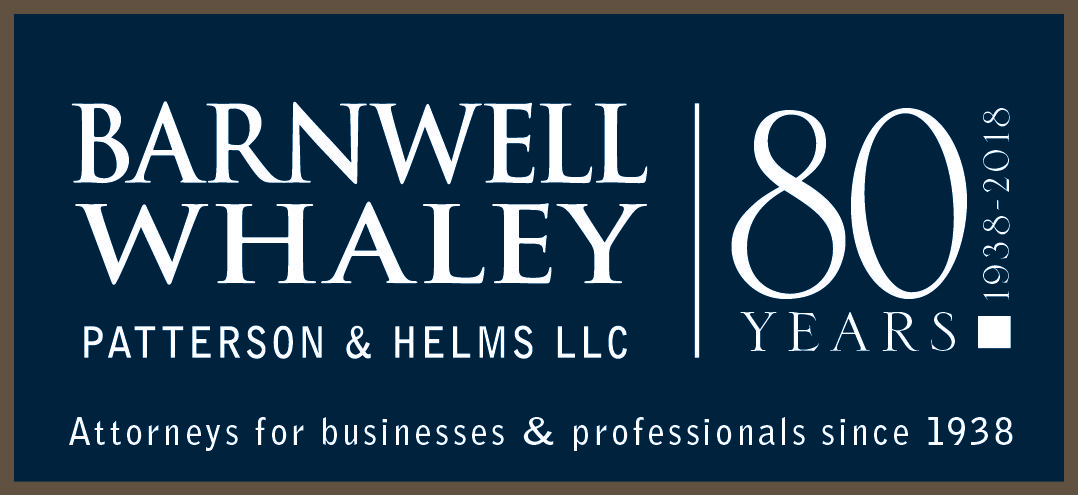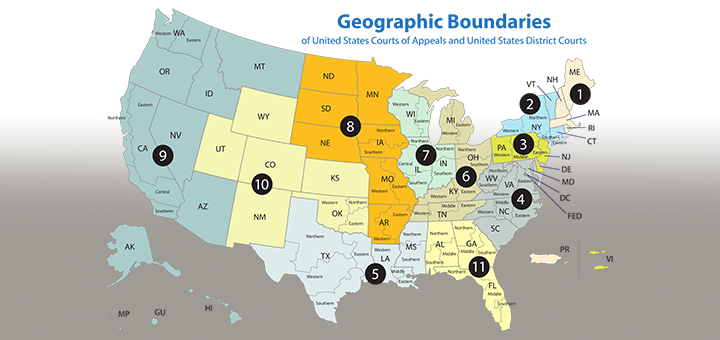
Forest Laboratories, LLC, et al. v. Sigmapharm Laboratories, LLC., et al.
Nos. 2017-2369, etc. Fed. Cir. March 14, 2019 Before Chief Judge Prost, with Circuit Judges Dyk and Moore. Opinion by Circuit Judge Moore.
Sigmapharm filed an Abbreviated New Drug Application seeking to market generic versions of Saphris, a sublingually administered, atypical antipsychotic containing asenapine maleate. Claim 1 claimed a solid
pharmaceutical composition that disintegrated within 30 seconds in water at 37ºC. Claim 1 did not expressly refer to buccal or sublingual administration. The district court construed claim 1 to be limited to buccal and sublingual formulations and that the claims were not obvious.
Although the Federal Circuit agreed with the district court’s claim construction, the Court vacated the district court’s judgment of non-obviousness and remanded the district court’s judgment.
In considering the question of obviousness the Federal Circuit considered a number of secondary considerations such as “motivation to combine,” “long felt need,” and “unexpected results.” The Federal Circuit found the district court did not clearly err in concluding that a generic need for more antipsychotic treatment options did not provide a motivation to combine the particular prior art elements.
Further, there was no clear error in the district court’s consideration of the unknown nature of the problem solved by the inventors and the factors that would teach away from their solution. Regarding long felt need, the district court found that there was a long-felt, but unmet, need for “a safe,
effective, and tolerable atypical antipsychotic useful to treat schizophrenia and mania.” The Federal Circuit said that while this may not be a particularly strong demonstration of long-felt need, the district court did not clearly err.
Addressing unexpected result, the Federal Circuit said that while a showing of unexpected results can support a conclusion of non-obviousness, the claimed invention must exhibit some superior property or advantage that a person of ordinary skill in the relevant art would have found surprising or unexpected. The Federal Circuit held that a person of ordinary skill in the art could not have been surprised that the sublingual route of administration did not result in cardiotoxic effects; thus the district court erred in its analysis of unexpected results.
Read more: Federal Bar member attorneys may access the full case summary by Barnwell Whaley attorney Ernest Lipscomb in the April issue of Federal Circuit Case Digest.
Additionally, you may read the full opinion here.
Image: istock

Ernest “Lip” Lipscomb is a registered patent attorney with Barnwell Whaley law firm with offices in Charleston, SC and Wilmington, NC.




